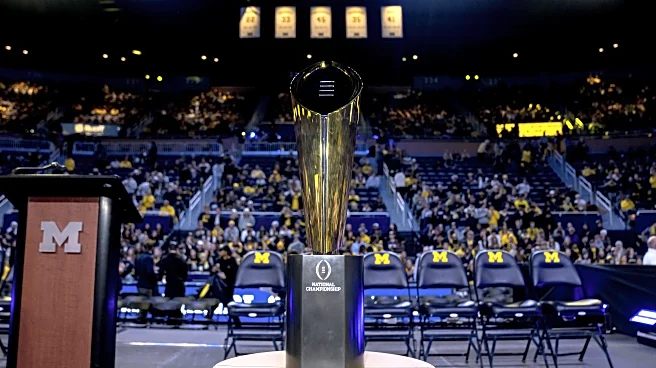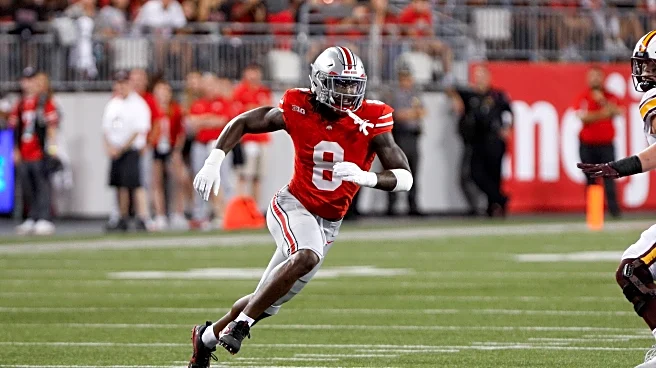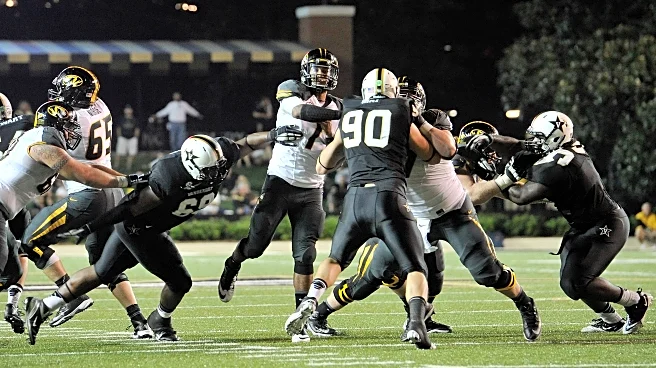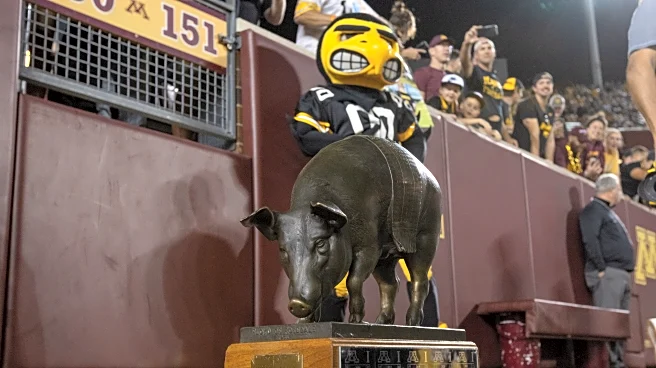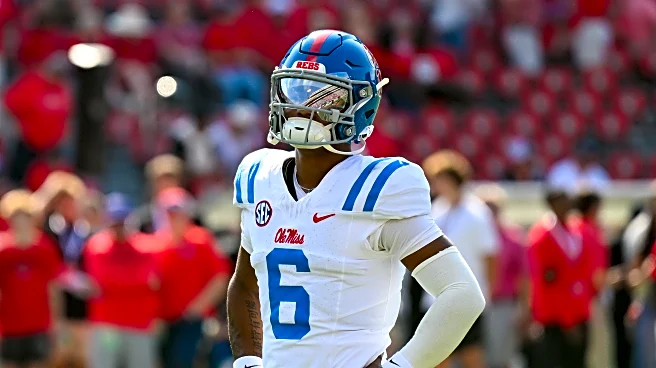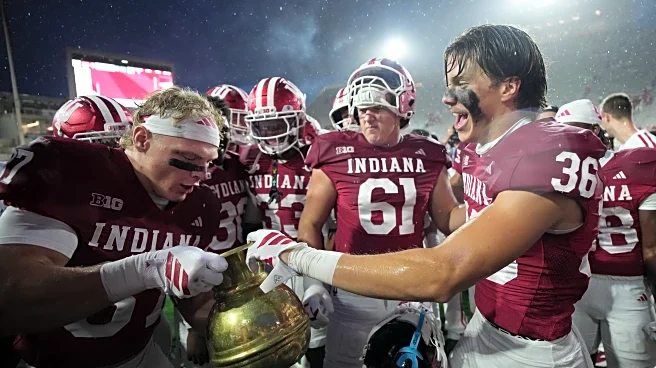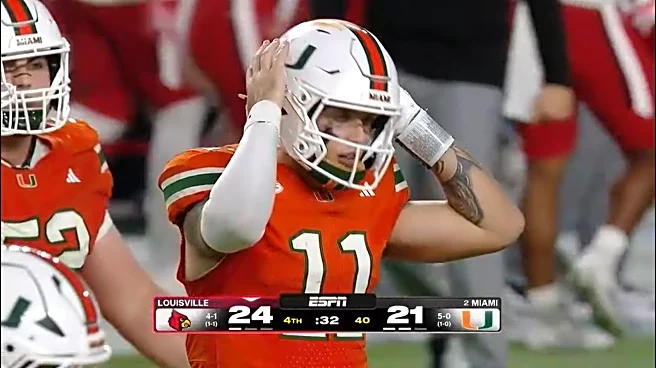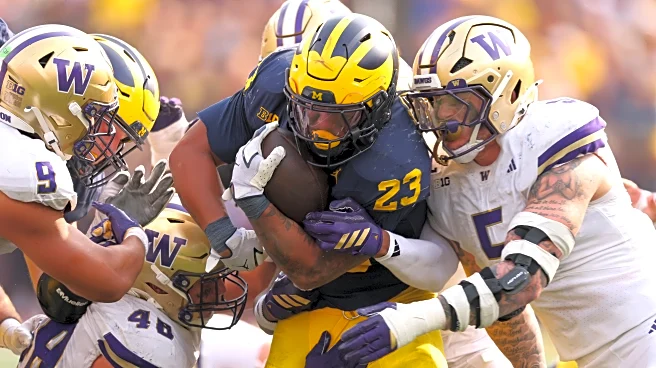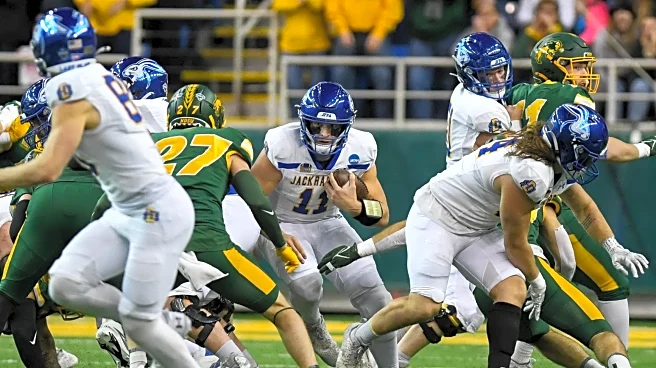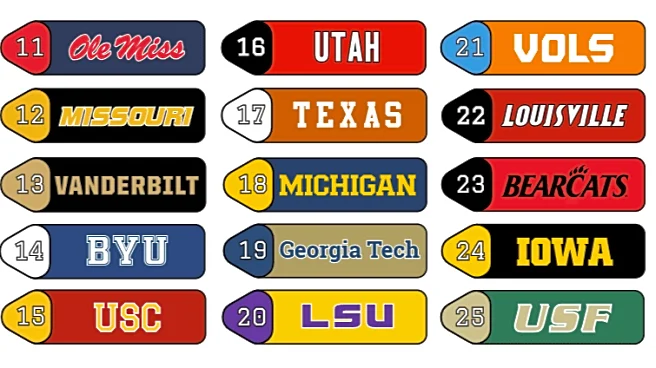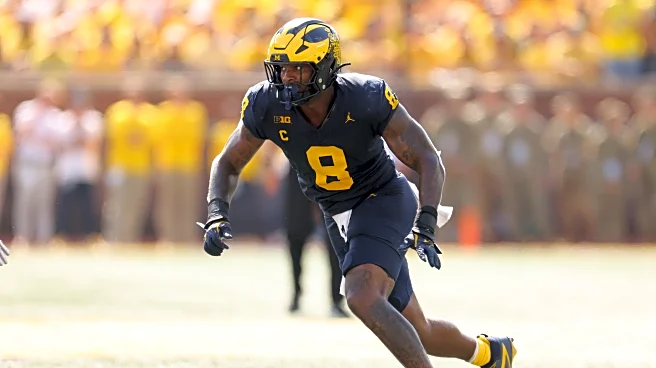The first College Football Playoff (CFP) rankings will be released on Tuesday, Nov. 4 at 8 p.m. ET. These rankings will obviously change drastically over the last month of the season, but the inaugural
rankings give us a great glimpse into the minds of the committee. The way the season has shaken out makes it seem like the CFP field will be loaded with SEC teams.
Could the SEC have twice as many bids as the Big Ten?
Let’s start with a refresher on the rules. The 12-team field will consist of the five highest ranked conference champions and seven at-large bids. The auto-bids are widely regarded to be the conference champions of each of the Power Four conferences as well as the highest ranking Group of Five team. That would only not be the case if a second Group of Five conference champion were to be ranked higher than a Power Four conference champion, which seems unlikely but not completely impossible.
Looking at where we stand today, let’s examine who would be in the field if we used the AP Poll as a frame of reference.
Highest ranked conference champions:
- Big Ten: Ohio State (No. 1)
- SEC: Texas A&M (No. 3)
- ACC: Georgia Tech (No. 7)
- Big 12: BYU (No. 11)
- American: South Florida (No. 18)
At large bids:
- Indiana (No. 2)
- Alabama (No. 4)
- Georgia (No. 5)
- Oregon (No. 6)
- Ole Miss (No. 8)
- Miami (No. 9)
- Vanderbilt (No. 10)
This would mean the SEC has a whopping five teams in the CFP while the Big Ten has three, the ACC gets two, and the Big 12 and American have one each. Last season, no conference had more than four teams in the field.
Now, things will change as the season progresses. The SEC currently comprises of five teams ranked between No. 3 and No. 10. Widening out, the SEC makes up eight of the teams between No. 3 and No. 17. That gluttony in the middle of the SEC won’t be able to sustain as teams start playing each in conference play. However, is there a world where six teams rise to the top of make the CFP?
Going conference-by-conference is a great way to start.
The Group of Five (likely the American) will almost assuredly get only one bid.
The Big 12 would currently get one bid in BYU, but Texas Tech is lurking just outside the field at No. 14. The Cougars and Red Raiders do still have to play each other on Nov. 8. A BYU win would likely eliminate Texas Tech from consideration, but there’s a world where Texas Tech wins, both teams have just one loss heading into the Big 12 Championship and they both make the CFP. Arizona State is also hanging around with two losses and a favorable schedule to end the season.
For now, let’s pencil in the Big 12 with just one team (BYU), but acknowledge there’s a chance the conference can pick up a second bid.
The ACC is a different story. Currently, Miami and Georgia Tech would be in the field. Georgia Tech is undefeated but has just one ranked win (as of now) in Clemson. Its remaining schedule is Syracuse, at NC State, at Boston College, Pitt and Georgia. It’s hard to imagine an 11-1 ACC team missing the field, even if they’ve beaten no one of note. Miami is also very much alive despite the loss to Louisville, but it has no ranked matchups left.
Louisville and Virginia are hanging around as well. The Cardinals have just one loss (to Virginia), an outstanding win (at Miami), and a favorable schedule down the stretch. Virginia has also already won the toughest game on its schedule (Florida State) and has no tough tests left.
Somehow, none of the top four ACC teams play each other in the future. Chaos could remain supreme in the ACC.
Before we get to the Big Ten and SEC, we have to acknowledge Notre Dame unfortunately. The Fighting Irish are up to No. 12 in the AP Poll despite two losses in their two toughest games. It’s hard to see them losing the rest of the way, so they likely will benefit from the chaos that will ensue in the Big Ten and SEC.
The Big Ten is in a weird spot, as three teams are essentially penciled into the CFP. Indiana and Ohio State should be in, as they’re both 7-0 and the only ranked game left between the two is Ohio State’s game in Ann Arbor. Since it would take at least two losses for either to miss the field, they’re in. Oregon is also in a good spot with just one loss and a manageable schedule.
Illinois, Michigan, USC and Iowa are the only other options that could sneak in, but it would require winning out for each of them. Illinois has the softest schedule remaining, as Michigan has to play Ohio State while USC and Iowa both have Oregon. Nothing is impossible, but it would be a surprise if any of these teams ran the table.
As for the SEC, there are 10 (!) teams that currently have two or fewer losses. That can’t last. Texas A&M is the only unbeaten and should make the field unless it goes below .500 in its last five games. Alabama, Georgia, Ole Miss, Vanderbilt, Oklahoma and Missouri all have one loss and could afford a second. Ole Miss has the best path to get there, as it travels to Norman tomorrow but then have no ranked games left. Alabama, Georgia and Missouri have two ranked tests left.
Vanderbilt has already played three games against ranked teams (2-1) but still has three remaining. Somehow, Oklahoma’s schedule is even worse, as the Sooners play five ranked teams in their final five games.
Of the three two-loss SEC teams, it’s hard to imagine Texas and LSU climbing back into it due to their brutal schedules. However, Tennessee is very much alive if it can get past Oklahoma.
Let’s put it all together — the easiest projections are the Group of Five and the Big 12 to get one bid, and the Big Ten to get three. If we assume the ACC gets two bids and Notre Dame sneaks in, that leaves just four bids left for the SEC. It’s hard to imagine a team like Missouri missing out in favor of a Georgia Tech or Louisville, but time will tell.
Is there a world the SEC gets six teams in while the Big Ten only gets three? Could the SEC get seven teams? Or will the whole SEC house of cards fall apart and the conference only get three bids? Let us know what you think in the comments below.
